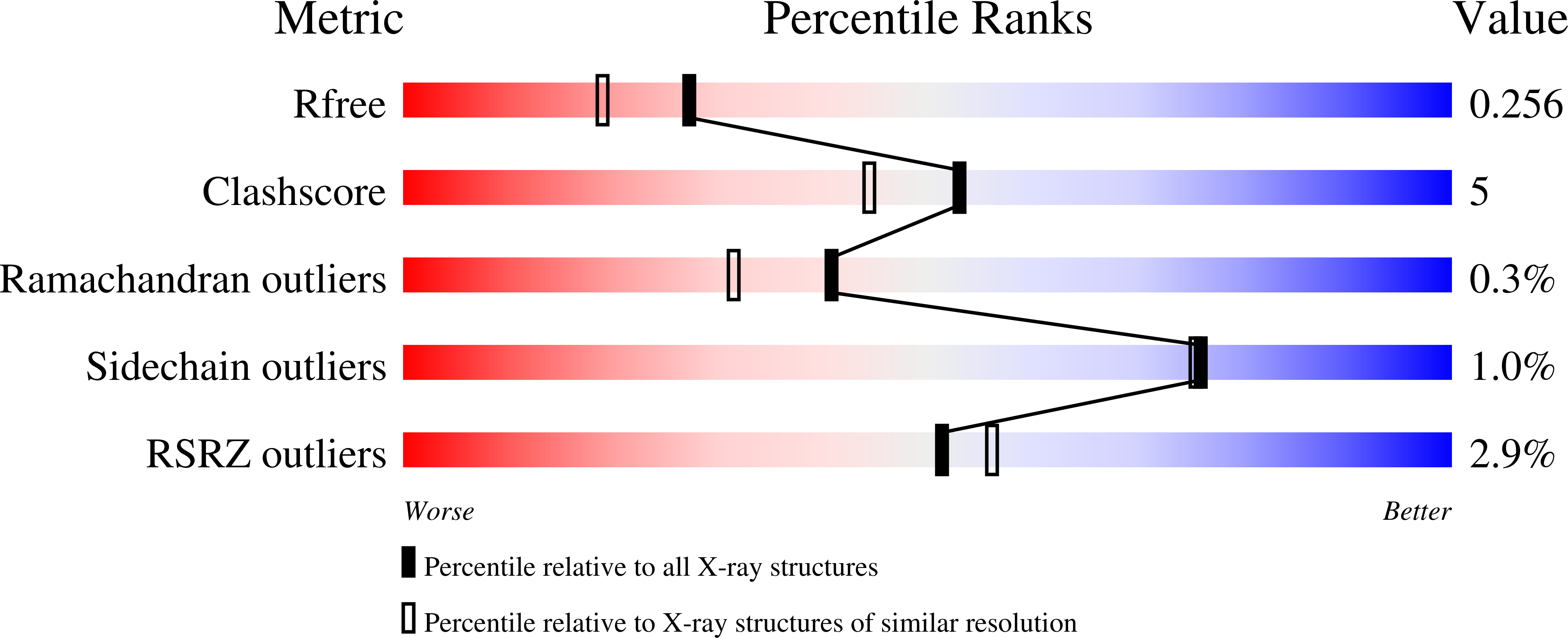
Deposition Date
2016-12-05
Release Date
2017-12-20
Last Version Date
2024-01-17
Entry Detail
PDB ID:
5MKI
Keywords:
Title:
Crystal structure of SmAP (LSm) protein from Methanococcus vannielii
Biological Source:
Source Organism:
Methanococcus vannielii SB (Taxon ID: 406327)
Host Organism:
Method Details:
Experimental Method:
Resolution:
2.05 Å
R-Value Free:
0.25
R-Value Work:
0.19
R-Value Observed:
0.19
Space Group:
P 1 21 1


